Davit Gareji Monastery
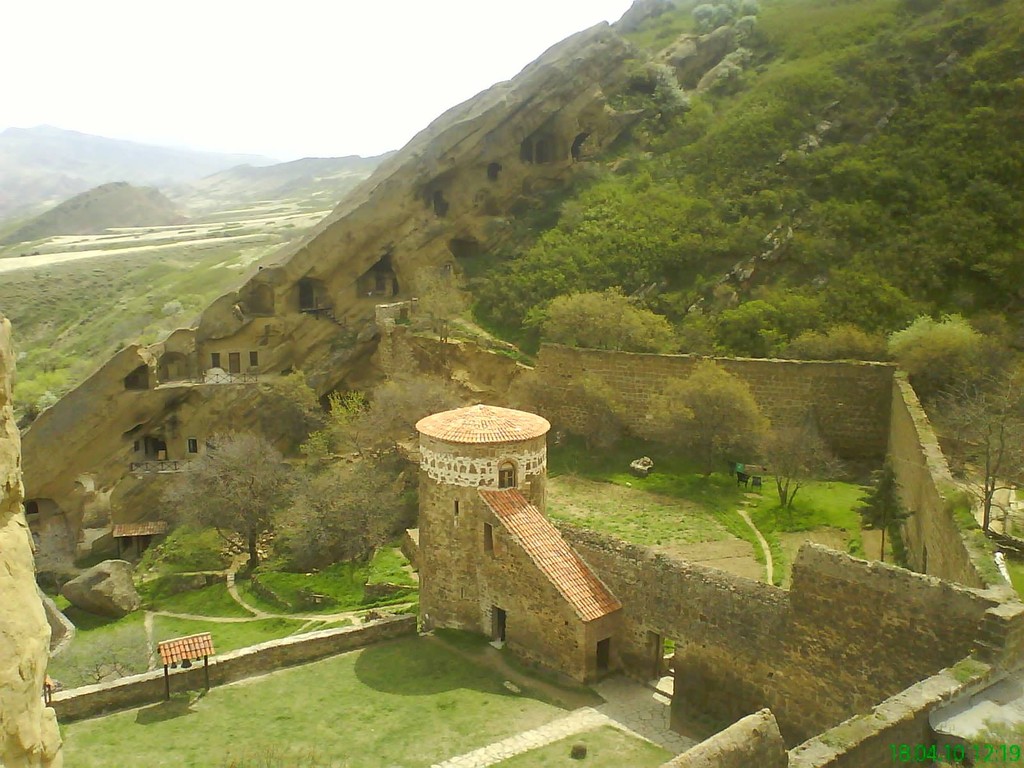
About Davit Gareji Monastery
Davit Gareji Monastery is a complex of buildings and rock-cut caves that is one of the most important places in Georgia. It’s located on Gareji half-desert hills 25 kilometres far from the capital of Georgia _ Tbilisi. It’s very close to the Georgia-Azerbaijan border and there has been many disputes about who owned the monastery complex. It includes the complex of 19 Medieval monasteries with about 5,000 cells for monks.
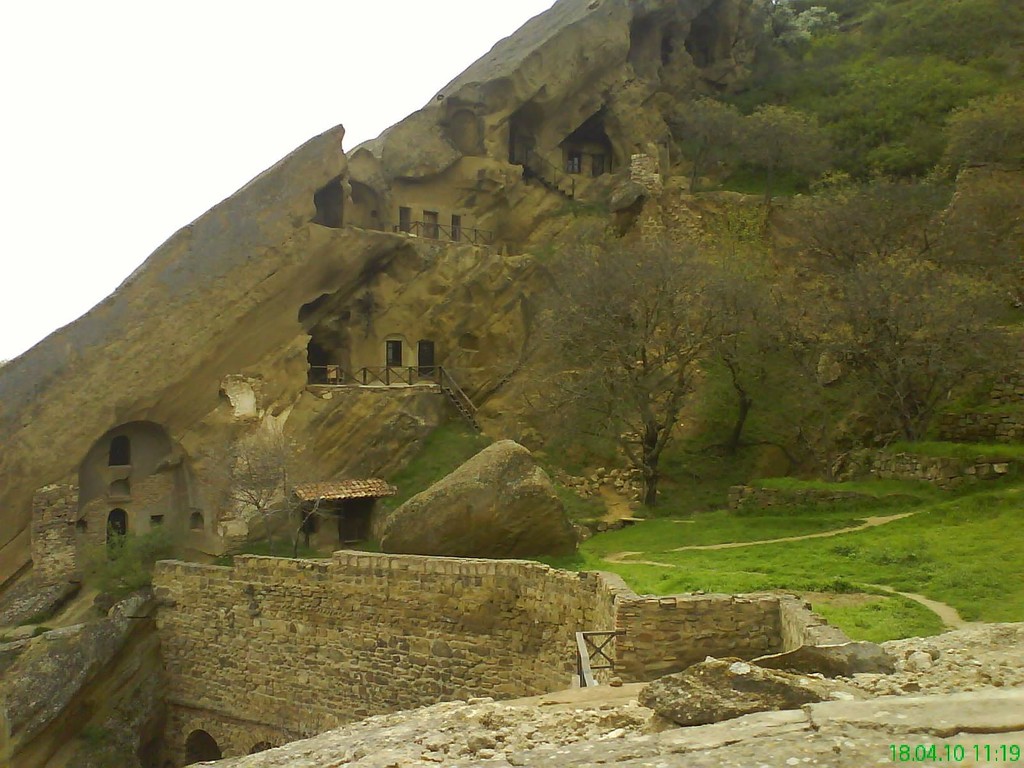
History
According to some literature writings, it’s considered, that the first monastery there was built in the 6-th century by one of the 13 Assyrian Fathers called Davit, who then was called “Garejeli”. Well, I’ll tell you that according to some sources, they weren’t just 13, but there must’ve been at least 17 of them. So, why do people call them 13 Assyrians? That’s because of the symbolic mean of 13 _ 12 apostles and Our Savior. What’s more, they didn’t come together, they came in groups and it’s proven that they weren’t Assyrians, but Georgians who had some problems in Assyria about their orthodoxy. These missioners weren’t just some amateurs who just came in Georgia and settled in particular places.
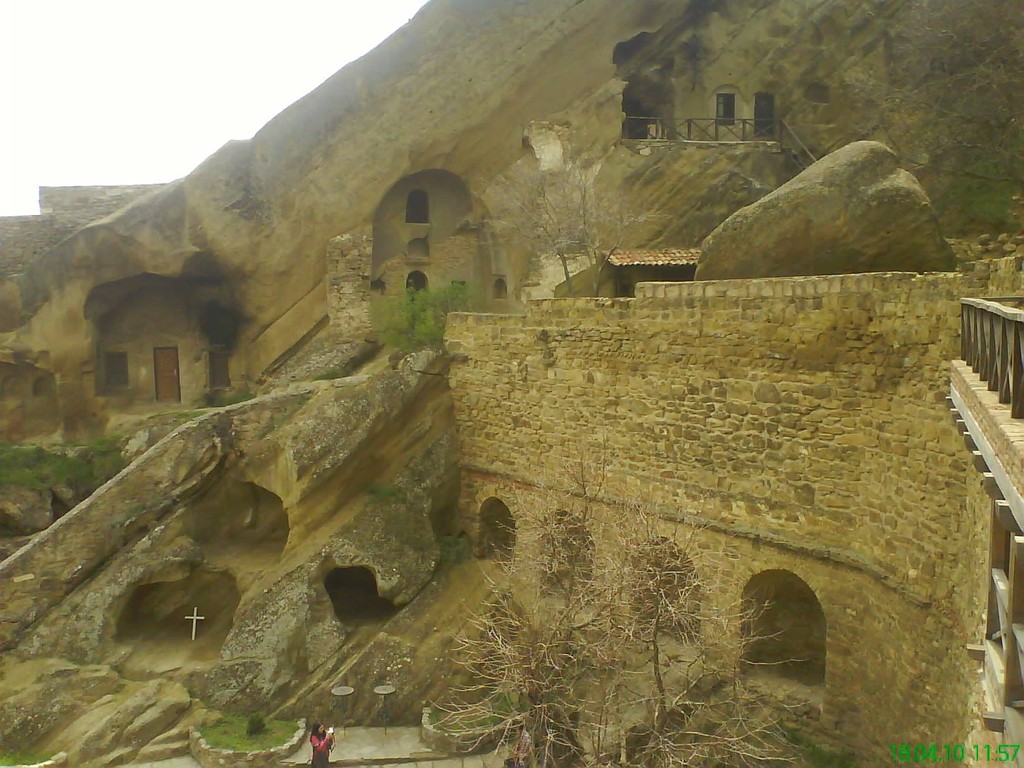
Davit initially settled in a natural cave and there he built his first monastery, that is now called “Davit’s Lavra”. Then he made the “Great Desert”. He also built “Chichkhituri” and “Bertubani” monasteries nearby, which then expanded throughout the following years and centuries with other buildings. During the life of Davit his students built two monastery branches: “Dodos Rka” was built by Dodo and “Natlismtsemeli” was built by Lukiane.
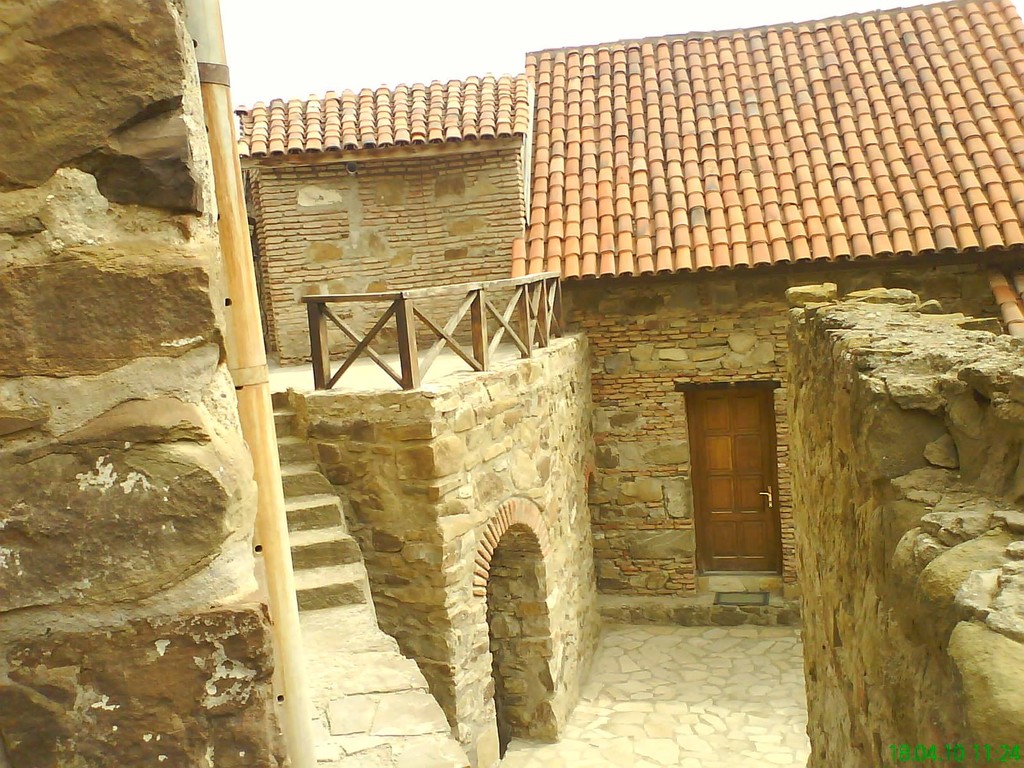
Davit Gareji was in its greatness in the 9-th century, when Ilarion Kartveli expanded it greatly. He built a terrace yard, new rooms, dining place and a church. He also made some canals for water and reservoirs. There’s an only spring there that is called “Davitis Tsremlebi” (Davit’s tears).
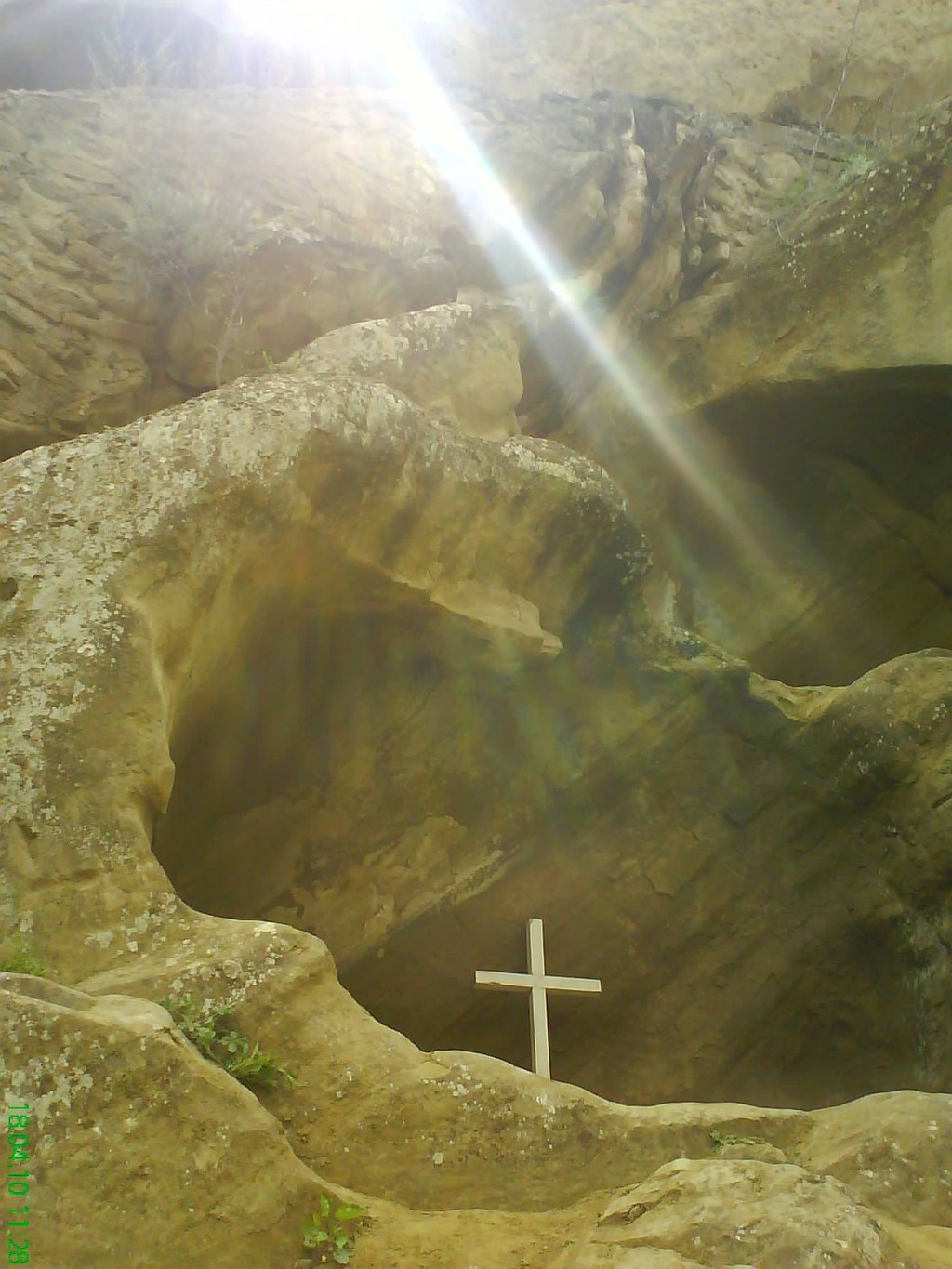
Then, in the 11-th century the Turks invaded the monastery, but couldn’t stop its development. In that century there was an art academy founded in Davit Gareji monastery and many artists grew up there and they developed their own unique style of painting, which distinguishes Davit Gareji paintings from all the other art in Georgia.
In the Medieval Ages Davit Gareji monastery complex was one of the most important monastic and pilgrimage centres of Georgia. It was a Royal monastery and the kings took care of it.

Then in the 13-th century when Mongolians invaded Georgia, they set everything on fire including Davit Gareji monastery. They destroyed Lavra, Dodos Rka and Natlismtsemeli churches. Then Tamerlane invaded Georgia and his invasions are very well-known, because he destroyed everything everywhere.

Then another invasion was in 1615, when Shah Abbas’s army slaughtered every monk in the monastery in just one night and took all the monastery’s treasure.
The other years and centuries were not great for Davit Gareji monastery either.
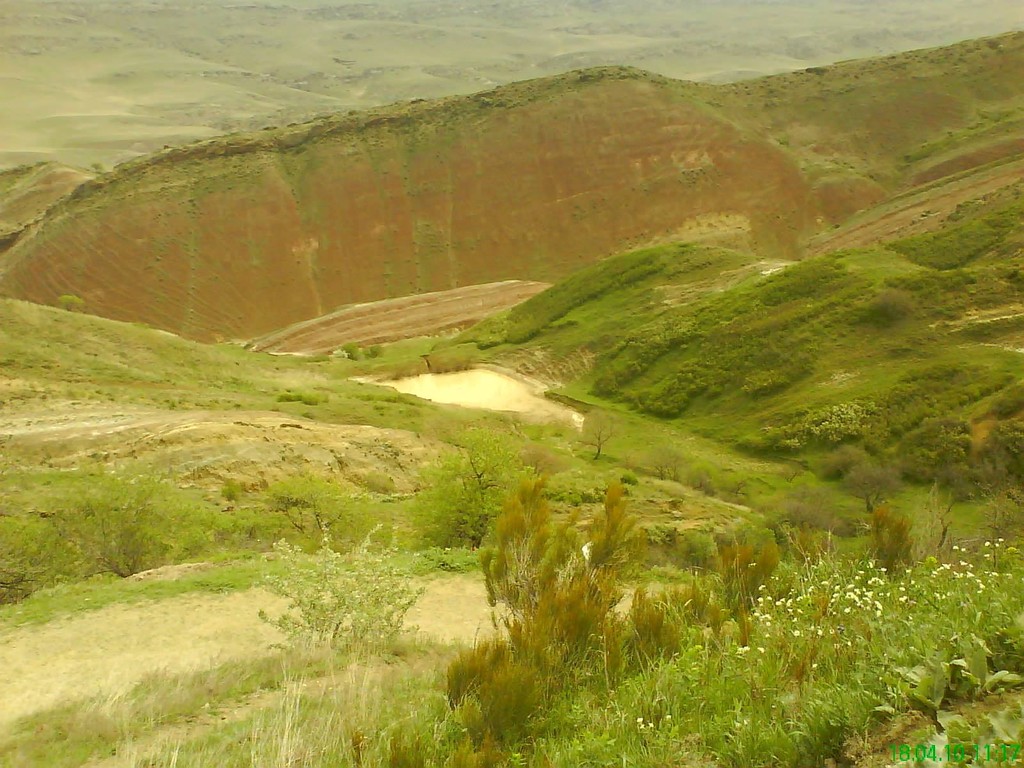
The legend
The legend has it that when Davit Garejeli went to Jerusalem and went near to the city, he couldn’t dare to enter the city and pray there. Instead he took three of the stones that were dropped nearby and took them with him. The patriarch of Jerusalem had a dream that someone had stolen his whole treasure. They caught up to Davit and but they could just take two of the stones. There’s one stone in Davit Gareji, which people say is that stone. And there’s a saying, that going to Davit Gareji three times is equal to going to Jerusalem once!
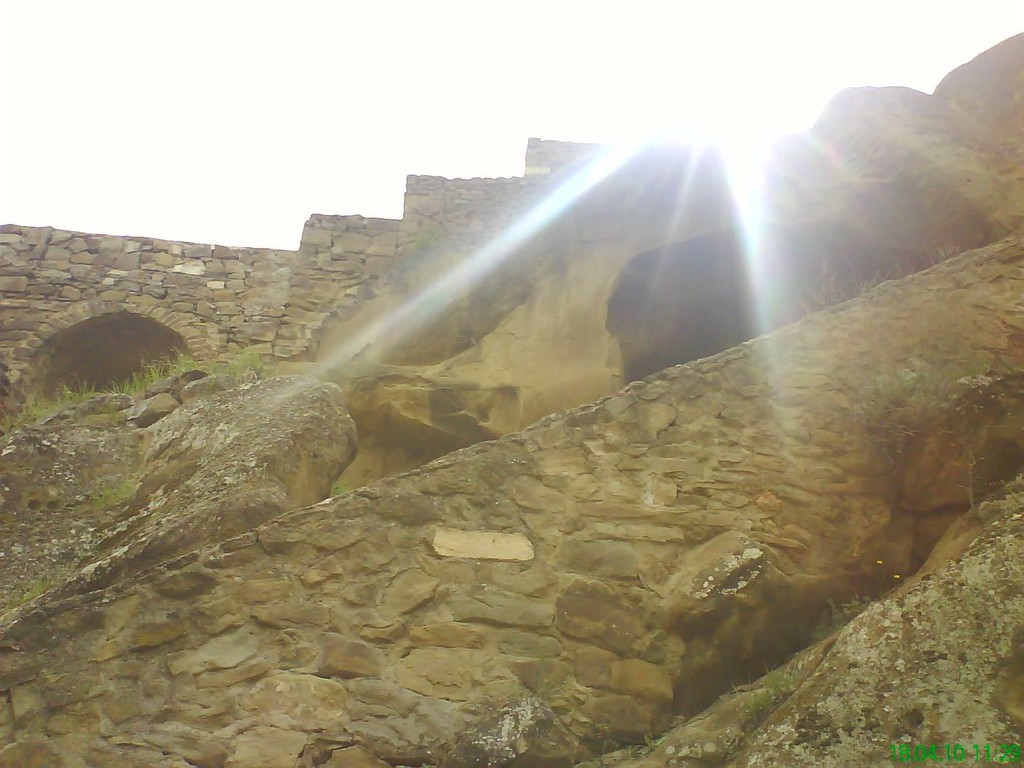
Photo gallery
Content available in other languages
- Español: Monasterio David Gareja
Want to have your own Erasmus blog?
If you are experiencing living abroad, you're an avid traveller or want to promote the city where you live... create your own blog and share your adventures!
I want to create my Erasmus blog! →


















Comments (0 comments)